With the current development, everyone knows that solder paste is very importantSMTSurface mount technology (SMT) is indispensable and plays a crucial role in the reliability of the soldering between pads and components. However, as a technician, many people think that it can be done by feeling and that it's fine as long as it's about right. I believe that practitioners are not responsible for production because different assembly processes are targeted at different products. Regarding this, the solder paste manufacturer summarizes some key requirements below:
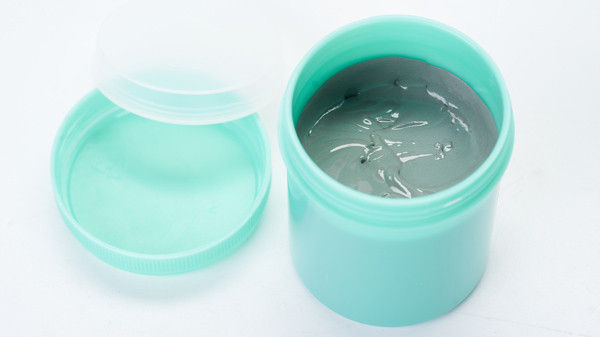
I. Selection of Solder Paste
There are numerous types and specifications of solder paste. Even within the same manufacturer, there are differences in alloy composition, particle size, viscosity, and other aspects. How to choose the solder paste that suits your product has a significant impact on both product quality and cost.
Solder paste is a fluid and has fluidity. The fluidity of materials can be classified into ideal, plastic, pseudo-plastic, expansive and thixotropic. Solder paste belongs to thixotropic fluid. The ratio of shear stress to shear rate is defined as the viscosity of solder paste, and its unit isPa.sThe main factors affecting the viscosity of solder paste are the alloy percentage content of solder paste, the size of powder particles, temperature, the amount of flux and the lubricity of thixotropic agent. In practical applications, it is generally based on the type of solder paste printing technology and the printed areaPCBThe thickness on it determines its viscosity.
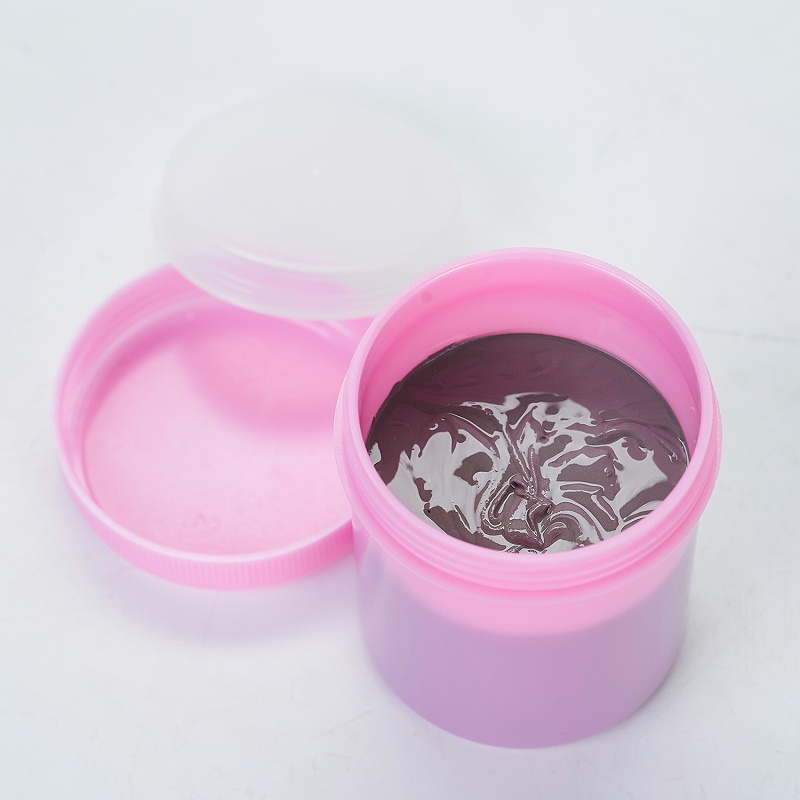
At presentPCBAThe density of processing and assembly is getting higher and higher, and the difficulty of printing is also increasing. Solder paste must be used and stored correctly. The main requirements are as follows:
1It must be stored in2~10℃Under such conditions.
2It is required to take out the solder paste from the refrigerator the day before use (at least in advance)4The container lid can only be opened after the solder paste has reached room temperature to prevent water vapor condensation.
3Before use, stir the solder paste evenly with a stainless steel stirring knife or an automatic mixer. When stirring manually, stir in one direction. The stirring time by machine or manually is3~5min.
4After adding the solder paste, the container lid should be closed.
5No-clean solder paste cannot use recycled solder paste if the printing interval exceeds1When the hours are up, the solder paste must be wiped off the template and recycled into the container used on that day.
6After printing4Pass reflow soldering within an hour.
7When repairing the board with no-clean solder paste, if no flux is used, do not scrub the solder joints with alcohol. However, if flux is used during the repair process, any unheated residual flux outside the solder joints must be wiped off immediately, as unheated flux is corrosive.
8Products that need cleaning should be cleaned on the same day after reflow soldering.
9When printing solder paste and performing surface mount operations, it is required to be takenPCBWear gloves or the edges to prevent contaminationPCB.
All of the above have been shared with youSolder pasteSome performance issues, as well as a more in-depth understanding, are quite important in terms of usage norms. In this regard, everyone still needs to ensure quality during the production process. If you have any questions, please feel free to consult and let's discuss and exchange together!
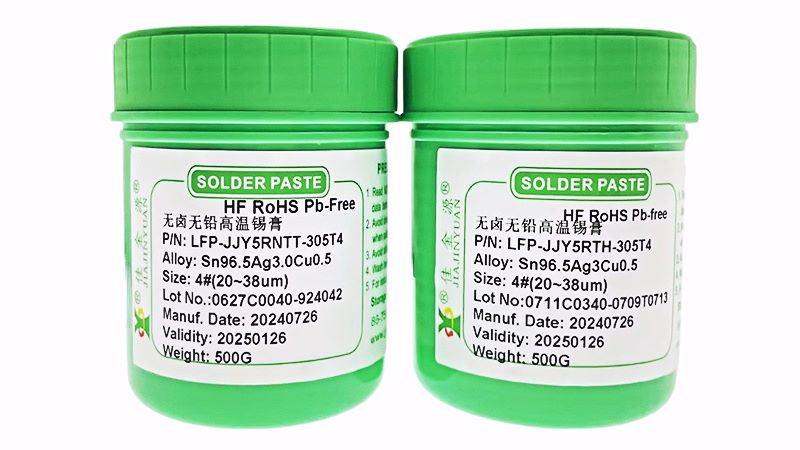

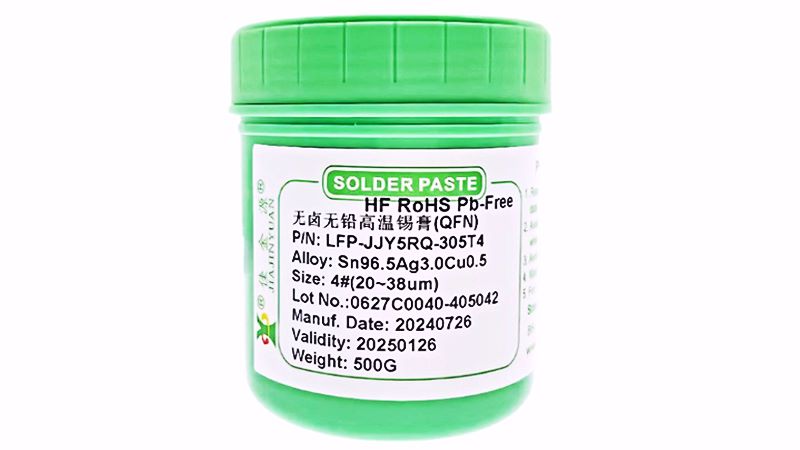
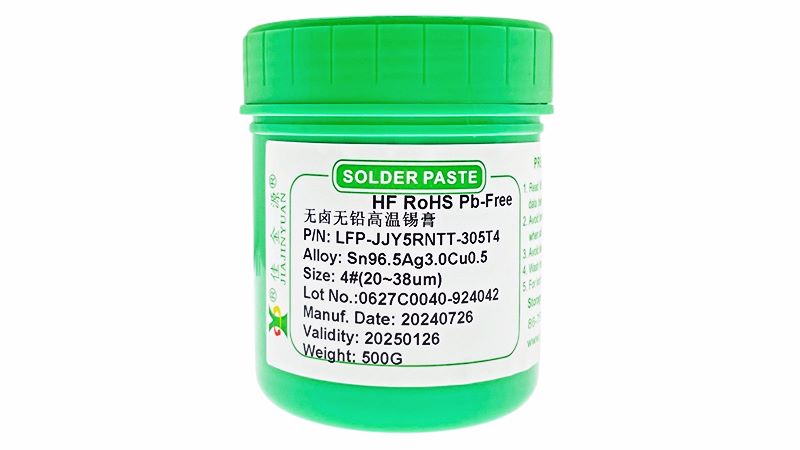

 Tel:+86 0755 88366766
Tel:+86 0755 88366766 Phone:+86 18938660310
Phone:+86 18938660310 Email:sales@jjyhanxi.com
Email:sales@jjyhanxi.com Address:13/F,12/F, Building No. B,Qinghu Technology Park,Qingxiang Rd.,Qinghu Community, Longhua Subdistrict,Longhua District,Shenzhen City,GUANGDONG Province,P.R.C.(518027)
Address:13/F,12/F, Building No. B,Qinghu Technology Park,Qingxiang Rd.,Qinghu Community, Longhua Subdistrict,Longhua District,Shenzhen City,GUANGDONG Province,P.R.C.(518027) Guangdong Public Security Backup 44030902002666 name
Guangdong Public Security Backup 44030902002666 name
 WeChat
WeChat WeChat official account
WeChat official account
